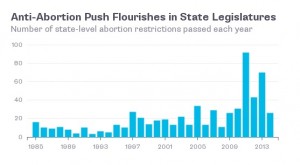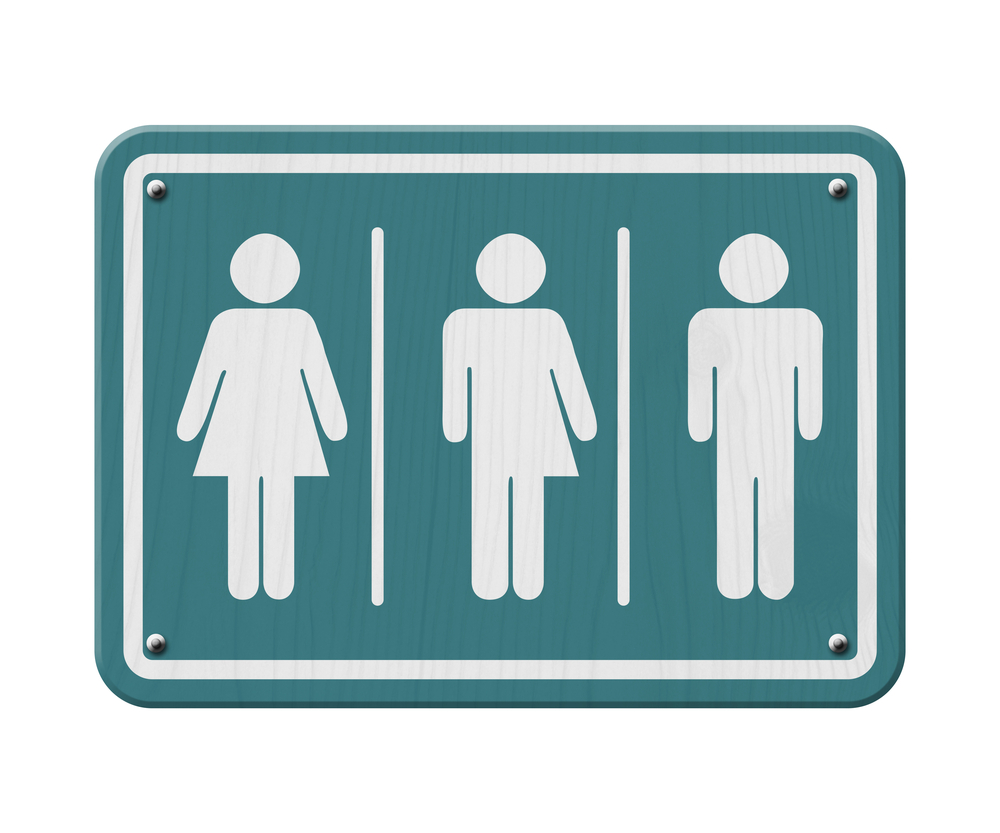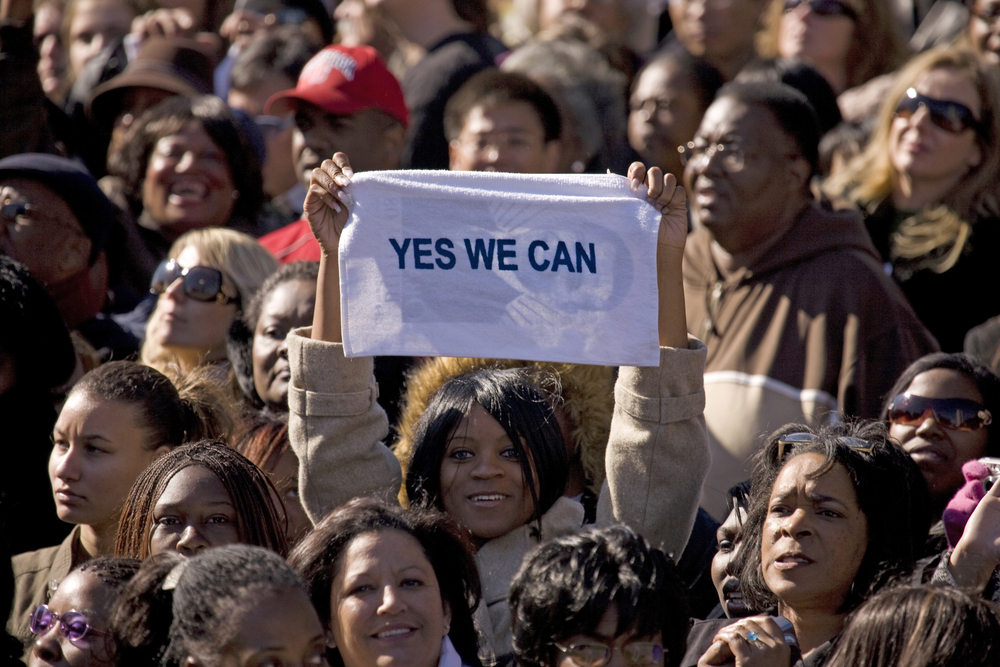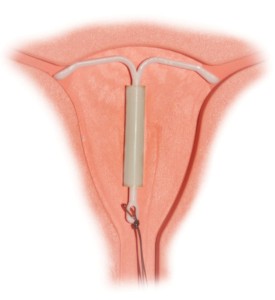Let me know what you think
Presumed Problem
There has been a widespread fear that marijuana can drive people crazy, lead them to other drugs, initiate a life of crime, and possibly cause death. Those who have tried it tend to disagree with these horrific assessments.
Solution
Outlaw the use of marijuana, especially if it is used for pleasure.
Narrative
Marijuana (aka: cannabis, Mary Jane, grass, pot, weed, ganja, dope, herb, joint, pakalolo, tea, homegrown, doobie, and more) is illegal by federal law in the United States and, until recently, in all states of the union. This legal status dates back to the “Reefer Madness” caricature of the 1930s.  Marijuana is officially classified as a Schedule 1 drug, along with opium, LSD, morphine, heroin, and others. Cocaine, by contrast, is classified as a less dangerous drug: Schedule 2.
Marijuana is officially classified as a Schedule 1 drug, along with opium, LSD, morphine, heroin, and others. Cocaine, by contrast, is classified as a less dangerous drug: Schedule 2.
The outlawing of marijuana is now part of a broader “war on drugs,” a term first popularized during the Nixon administration. It is estimated that the current war on drugs in the USA costs some $51 billion a year.
The prohibition on marijuana has begun breaking down, however. In Colorado (2012), Washington (2012), Oregon (2014), and Alaska (2014), possession of small amounts of marijuana became legal. In 2014, it was also legalized in the District of Columbia, though, as of this writing, some in the U. S. Congress are threatening to overturn that vote by District citizens.
Was the Problem Real?
At the outset, we reviewed some of the reasons given for outlawing marijuana in the first place: the “problem” for which banning grass was a “solution.” We have now had enough experience with legalized marijuana use to begin evaluating whether there was a problem in the first place.
 So far, there has still never been a recorded death due to marijuana: excluding someone getting stoned and falling off a cliff. There is ample evidence of deaths due to alcohol, tobacco, heroin, and other drugs, but none from marijuana.
So far, there has still never been a recorded death due to marijuana: excluding someone getting stoned and falling off a cliff. There is ample evidence of deaths due to alcohol, tobacco, heroin, and other drugs, but none from marijuana.
How about marijuana as a gateway drug? There is no evidence to resolve this matter one way or the other, but some logic might be useful. When and where marijuana is illegal, users are required, by definition, to buy grass from criminals. Many of those criminals also sell other illegal drugs. It is reasonable to imagine that illegal drug-dealers will encourage marijuana purchasers to try something more potent (and with a higher profit margin for the seller).
Now consider the carefully scrutinized LEGAL merchants in, say, Colorado. How likely do you imagine it is that a pot store clerk will say, “I see you have a fondness for Acapulco Gold and Maui Wowie. Can I interest you in some meth, cocaine, or heroin?” And if logic isn’t enough, there has been no evidence of that gateway problem.
There is no solid evidence that marijuana is deadly by itself, nor, logically, would legal grass lead to harder drugs.
Negative Consequences
There is an inevitable comparison between the war on drugs and Prohibition from 1917 to 1933. The Volstead Act and the Eighteenth  Amendment to the U. S. Constitution heralded a violently colorful saga in American history, with Carrie Nation, the Anti-saloon League, and the Women’s Christian Temperance League, on the one hand, and the bootleggers such as Al Capone, on the other hand. In between were millions of ordinary citizens who managed to keep drinking anyway.
Amendment to the U. S. Constitution heralded a violently colorful saga in American history, with Carrie Nation, the Anti-saloon League, and the Women’s Christian Temperance League, on the one hand, and the bootleggers such as Al Capone, on the other hand. In between were millions of ordinary citizens who managed to keep drinking anyway.
The illegal status of alcohol generated a number of negative side-effects. There was violence in law enforcement attempts to shut down “speakeasies,” for example. But there was also violent competition among those violating the law—most dramatically evidenced in the Saint  Valentine’s Day Massacre. Perhaps the biggest difference between the drive-by shootings of the Prohibition era and the current war on drugs is that the cars of the 1930s had running boards where machine-gunners could stand.
Valentine’s Day Massacre. Perhaps the biggest difference between the drive-by shootings of the Prohibition era and the current war on drugs is that the cars of the 1930s had running boards where machine-gunners could stand.
The violence generated by Prohibition came to an end in one day: December 5, 1933. On that day, the 21st Amendment to the U.S. Constitution repealed the 18th Amendment, and alcohol was once again legal. There was no longer a need for bootlegging nor the violent competition among bootleggers.
The most deadly side-effect of marijuana use is legal. In 2013, over  600,000 Americans were arrested for possession of marijuana. It has been estimated that more than 200,000 students have lost their federal financial aid eligibility due to drug convictions.
600,000 Americans were arrested for possession of marijuana. It has been estimated that more than 200,000 students have lost their federal financial aid eligibility due to drug convictions.
The total repeal of anti-manijuana laws would have an immediate impact on the imprisonment of young people guilty of lighting up a joint. Moreover, legalizing marijuana would automatically do away with the problems flowing from the illegal pot trade. There might very well be drive-by shootings and other violence associated with other drugs, but the most popular one would have been taken out of the equation.
Again, we see the the “problem” was not real, but the “solution” was disastrous.
© Earl Babbie 2016, all rights reserved Terms of Service/Privacy
Source
http://www.drugpolicy.org/drug-war-statistics, accessed July 14, 2015.



 research and experimentation of Edward Jenner and Louis Pasteur in their developing the idea and procedures for immunization against diseases through vaccination. When people contract a disease like smallpox or influenza, their bodies set to work creating anti-bodies to counteract the disease. If they are lucky enough to survive the disease, they are subsequently immune to it. Vaccination involves infecting the patient with a very small dose of the disease, leading the patient’s body to create those anti-bodies that will protect against the real thing should the patient later be exposed to it.
research and experimentation of Edward Jenner and Louis Pasteur in their developing the idea and procedures for immunization against diseases through vaccination. When people contract a disease like smallpox or influenza, their bodies set to work creating anti-bodies to counteract the disease. If they are lucky enough to survive the disease, they are subsequently immune to it. Vaccination involves infecting the patient with a very small dose of the disease, leading the patient’s body to create those anti-bodies that will protect against the real thing should the patient later be exposed to it. annual flu shot and a periodic pneumonia shot. These have become standard fixtures in modern life. (I haven’t had the flu in years.)
annual flu shot and a periodic pneumonia shot. These have become standard fixtures in modern life. (I haven’t had the flu in years.) Two years earlier, Governor Rick Perry of Texas, another Republican candidate for President, had ordered that sixth-grade girls be vaccinated against human papilloma virus, or HPV, which can cause cervical cancer. As the primary campaign heated up, Bachmann had an issue that distinguished her from Perry.
Two years earlier, Governor Rick Perry of Texas, another Republican candidate for President, had ordered that sixth-grade girls be vaccinated against human papilloma virus, or HPV, which can cause cervical cancer. As the primary campaign heated up, Bachmann had an issue that distinguished her from Perry. themselves. Senator Rand Paul, M.D., went a step further, reporting that in the Swine Flu scare of 2009, more people died of the shot than of the flu. However, he offered no numbers to flesh out that claim.
themselves. Senator Rand Paul, M.D., went a step further, reporting that in the Swine Flu scare of 2009, more people died of the shot than of the flu. However, he offered no numbers to flesh out that claim. behavior and take your medication, you get by. However, the flu could very well push you over the edge and into cardiac arrest. The cause of death, then would probably be recorded as heart attack, even though the flu was what prompted your demise. For several years following the pandemic, it was commonly reported that the number of deaths was between 151,700 and 579,000—quite a range.
behavior and take your medication, you get by. However, the flu could very well push you over the edge and into cardiac arrest. The cause of death, then would probably be recorded as heart attack, even though the flu was what prompted your demise. For several years following the pandemic, it was commonly reported that the number of deaths was between 151,700 and 579,000—quite a range. California. Not only were schoolchildren suffering the preventable disease but vulnerable populations, such as the very elderly and very young were put at risk.
California. Not only were schoolchildren suffering the preventable disease but vulnerable populations, such as the very elderly and very young were put at risk.
 sky” might be Islamic terrorists about to establish Sharia Law in the Sooner State.
sky” might be Islamic terrorists about to establish Sharia Law in the Sooner State. traditions from Islamic culture over time. There is no single Sharia Law, and variations exist from country to country. Topics covered include religion, family, food, finances, crime and punishment, war and peace among others.
traditions from Islamic culture over time. There is no single Sharia Law, and variations exist from country to country. Topics covered include religion, family, food, finances, crime and punishment, war and peace among others. Amendment, that did not prevent Alabama, Arizona, Florida, Idaho, Kansas, Louisiana, Mississippi, South Dakota, and Tennessee from following suit. In their defense it must be said that none of those states has been forced to submit to Sharia Law. Dodged the bullet on that one.
Amendment, that did not prevent Alabama, Arizona, Florida, Idaho, Kansas, Louisiana, Mississippi, South Dakota, and Tennessee from following suit. In their defense it must be said that none of those states has been forced to submit to Sharia Law. Dodged the bullet on that one. Palin revealed that her mother never taught her to tell time. “I know it’s something about the big hand and the little hand. That’s as far as we got.” Another story proclaims, “ISIS Leaders Praise Kim Davis – First Female to Win ISIS Courage Award.”
Palin revealed that her mother never taught her to tell time. “I know it’s something about the big hand and the little hand. That’s as far as we got.” Another story proclaims, “ISIS Leaders Praise Kim Davis – First Female to Win ISIS Courage Award.” of anti-Muslim hysteria among low-information citizens. Americans have long suffered from a takeover mentality. Only the culprits supposedly taking over has varied: Jews, Irish, Italians, Catholics, atheists, African-Americans, Mexicans, and others.
of anti-Muslim hysteria among low-information citizens. Americans have long suffered from a takeover mentality. Only the culprits supposedly taking over has varied: Jews, Irish, Italians, Catholics, atheists, African-Americans, Mexicans, and others.

 At the opening of the 19th century, Britain was caught up in a long, expensive war with Napoleon Bonaparte and France. America was theoretically neutral, which offended both parties, but American merchantmen were actively supplying France much of the time. Matters were further complicated by divided loyalties among American citizens. For many, England was still felt as their cultural homeland, despite political independence. Others felt a special loyalty to the land of LaFayette for their support of the American fight for independence decades earlier. Still others saw an opportunity for money to be made.
At the opening of the 19th century, Britain was caught up in a long, expensive war with Napoleon Bonaparte and France. America was theoretically neutral, which offended both parties, but American merchantmen were actively supplying France much of the time. Matters were further complicated by divided loyalties among American citizens. For many, England was still felt as their cultural homeland, despite political independence. Others felt a special loyalty to the land of LaFayette for their support of the American fight for independence decades earlier. Still others saw an opportunity for money to be made. resources–and the lack of able-bodied seamen was part of the problem. The British solution was to begin boarding American commercial ships at sea and capturing any crew members who seemed to be British–including some American citizens. The captured seamen were impressed into service on British ships of the line. American unhappiness with Britain also involved economic issues, but outrage at the impressment of American seamen was a powerful rallying cry.
resources–and the lack of able-bodied seamen was part of the problem. The British solution was to begin boarding American commercial ships at sea and capturing any crew members who seemed to be British–including some American citizens. The captured seamen were impressed into service on British ships of the line. American unhappiness with Britain also involved economic issues, but outrage at the impressment of American seamen was a powerful rallying cry. vessels at sea and impressing any seamen who looked and sounded British. President James Madison became convinced that more deliberate action was needed, and he lobbied Congress for a declaration of war against the most powerful nation on earth. Congress was reluctant, but Madison’s urging finally paid off with a divided vote in his favor, and he was able to sign a declaration of war on June 18, 1812.
vessels at sea and impressing any seamen who looked and sounded British. President James Madison became convinced that more deliberate action was needed, and he lobbied Congress for a declaration of war against the most powerful nation on earth. Congress was reluctant, but Madison’s urging finally paid off with a divided vote in his favor, and he was able to sign a declaration of war on June 18, 1812. have read about FLOTUS Dolly Madison’s heroism as she stayed in the White House until she was able to rescue important documents and paintings–fleeing the city just ahead of the British firebugs.
have read about FLOTUS Dolly Madison’s heroism as she stayed in the White House until she was able to rescue important documents and paintings–fleeing the city just ahead of the British firebugs. The final score sheet for the battle was as lopsided as such things can be. The British lost 2600 men: 700 of them died in battle, 1400 were wounded, and another 500 were taken prisoner. On the other side, 7 Americans died and another 6 were wounded.
The final score sheet for the battle was as lopsided as such things can be. The British lost 2600 men: 700 of them died in battle, 1400 were wounded, and another 500 were taken prisoner. On the other side, 7 Americans died and another 6 were wounded.
 practice so high that few clinics can satisfy the requirements. The Guttmacher Institute provides an overview.
practice so high that few clinics can satisfy the requirements. The Guttmacher Institute provides an overview.
 event that emergency medical care is needed. Actually, President Reagan and the U. S. Congress solved this problem in its Emergency Medical Treatment and Active Labor Act (EMTALA) of 1986, requiring that emergency rooms treat patients in need–even if they aren’t citizens or are unable to pay. It doesn’t matter if their physician has admitting privileges or even if they have a physician.
event that emergency medical care is needed. Actually, President Reagan and the U. S. Congress solved this problem in its Emergency Medical Treatment and Active Labor Act (EMTALA) of 1986, requiring that emergency rooms treat patients in need–even if they aren’t citizens or are unable to pay. It doesn’t matter if their physician has admitting privileges or even if they have a physician.
 abortion anger has been focused specifically on one provider: Planned Parenthood. Discussions of this matter have revealed that abortions constitute three percent of PP’s services. Primarily they offer cancer screening and other medcal exams and treatments. As their name suggests, much of their work is in relation to family planning, offering a variety of contraceptive methods.
abortion anger has been focused specifically on one provider: Planned Parenthood. Discussions of this matter have revealed that abortions constitute three percent of PP’s services. Primarily they offer cancer screening and other medcal exams and treatments. As their name suggests, much of their work is in relation to family planning, offering a variety of contraceptive methods.
 was young, some girls were labeled “tomboys,” meaning they engaged in the rough and tumble behavior more associated with boys. While parents might sometimes be concerned, it was generally felt that such girls would eventually “grown out of it,” that they were just “going through a phase.” That was often true.
was young, some girls were labeled “tomboys,” meaning they engaged in the rough and tumble behavior more associated with boys. While parents might sometimes be concerned, it was generally felt that such girls would eventually “grown out of it,” that they were just “going through a phase.” That was often true. interests and desires more associated with girls, even though they are likely to suffer ridicule or worse if they play with dolls and wear dresses and make-up. And there are individuals born biologically female, who are certain they were meant to be male. And they are clear it is not a phase they are going through. It lasts well into adulthood.
interests and desires more associated with girls, even though they are likely to suffer ridicule or worse if they play with dolls and wear dresses and make-up. And there are individuals born biologically female, who are certain they were meant to be male. And they are clear it is not a phase they are going through. It lasts well into adulthood. and its “solution” is North Carolina’s HB2 (Session Law 2016-3):
and its “solution” is North Carolina’s HB2 (Session Law 2016-3): Women’s Room would result in the display or viewing of opposite-sex genitalia. Apparently there’s something about just knowing that a biological man just entered the facility, but it seems unlikely that you would know. No woman is likely to call the police if her public facility is visited by the person to the right of this paragraph.
Women’s Room would result in the display or viewing of opposite-sex genitalia. Apparently there’s something about just knowing that a biological man just entered the facility, but it seems unlikely that you would know. No woman is likely to call the police if her public facility is visited by the person to the right of this paragraph. On the other hand, I could understand that reaction if this guy came breezing in. As you undoubtedly figured out, the person above is a trans woman, while the one to the left is a trans man. More to the point, I imagine that those women who say they would feel uncomfortable if a trans woman entered their Women’s Restroom, have already had that happen, more than once, but they didn’t know it. Hence, they weren’t uncomfortable after all.
On the other hand, I could understand that reaction if this guy came breezing in. As you undoubtedly figured out, the person above is a trans woman, while the one to the left is a trans man. More to the point, I imagine that those women who say they would feel uncomfortable if a trans woman entered their Women’s Restroom, have already had that happen, more than once, but they didn’t know it. Hence, they weren’t uncomfortable after all.







 Like many states–perhaps all–Colorado had a serious problem with unintended teen pregnancies. But unlike other states, Colorado had found a powerful solution.
Like many states–perhaps all–Colorado had a serious problem with unintended teen pregnancies. But unlike other states, Colorado had found a powerful solution. and make the uterine lining too thin for egg implantation. Because IUDs stay in place for five to 10 years, they’re easier to comply with than taking daily birth control pills.
and make the uterine lining too thin for egg implantation. Because IUDs stay in place for five to 10 years, they’re easier to comply with than taking daily birth control pills. failure.Consider abstinence-only “sex education” programs in the nation’s schools. Despite the millions still being spent on programs that simply urge teens not to have sex, there is no peer-reviewed research indicating such programs have any positive effect. However, the problem of teen pregnancy was and is a real one, and the Colorado program of education and IUDs was a huge success.
failure.Consider abstinence-only “sex education” programs in the nation’s schools. Despite the millions still being spent on programs that simply urge teens not to have sex, there is no peer-reviewed research indicating such programs have any positive effect. However, the problem of teen pregnancy was and is a real one, and the Colorado program of education and IUDs was a huge success. were abortifacients, which raised the image of women as “walking abortion factories.” Since he and his supporters were dead set against abortion, it was clear that IUDs had to go. Ultimately, the anti-abortion faction was successful in blocking public funding for the program, though private funds were found to continue it. IUDs, per se, were not outlawed.
were abortifacients, which raised the image of women as “walking abortion factories.” Since he and his supporters were dead set against abortion, it was clear that IUDs had to go. Ultimately, the anti-abortion faction was successful in blocking public funding for the program, though private funds were found to continue it. IUDs, per se, were not outlawed. This was the same logic used by Hobby Lobby in their refusal to let employees receive IUDs and some other contraceptives under the Affordable Care Act. Being complicit in their employees using IUDs allegedly violated their corporate religious values. The U. S. Supreme Court majority agreed with that reasoning.
This was the same logic used by Hobby Lobby in their refusal to let employees receive IUDs and some other contraceptives under the Affordable Care Act. Being complicit in their employees using IUDs allegedly violated their corporate religious values. The U. S. Supreme Court majority agreed with that reasoning. than masturbation, a priest’s vow of celibacy, or “Not tonight, dear. I have a headache.”
than masturbation, a priest’s vow of celibacy, or “Not tonight, dear. I have a headache.”